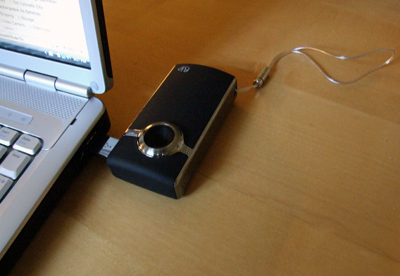I’m as tired of the Tiger Woods story as you are. Really.
However, I’ve seen a ton of nonsense about the first Tiger Woods ad to appear since the revelation of his extensive sexual indiscretions.
Two main categories of nonsense:
- The ad is an expression of greed by Tiger Woods and Nike
- The ad is a personal message from Tiger Woods himself
First: of course it’s greed! The primary reason any athlete signs an endorsement deal and the primary reason any company extends one is, not surprisingly, profit motive on mutually acceptable terms. The athlete provides associations the brand, product or company wants in order to increase sales. The brand, product or company provides the athlete money in exchange. It’s really that simple, so I won’t go any further with this ridiculously easy criticism of the ad and its existence.
Second: an agency (Wieden+Kenney) carefully created this message on behalf of Nike and Tiger Woods. It’s not a personal message to you from Tiger Woods; do not accept it as such, narcissist. It’s not a public acknowledgment of indiscretion by Tiger Woods – he’s provided one (sadly, by force). It’s not a public apology by Tiger Woods – he’s already provided this, too.
So what is it? It’s polarizing. It’s talked-about. It’s the beginning of the reconstruction of Tiger Woods’ image by a brand that stuck with him through the debacle.
Most of the negative remarks are the rightful result of Tiger-fatigue, so nonsense gets a pass.
Here’s the ad:
Here’s a transcription: “Tiger … I am more prone to be inquisitive … to promote discussion. I want to find out what your thinking was. I want to find out what your feelings are. And did you learn anything.”
Though it would have been the safest option, the absence of a Tiger Woods ad altogether during The Masters would have been quite conspicuous.
Since Nike decided instead to be present, their agency was presented a serious creative challenge. Nike needs to turn back on as soon as possible the Tiger Woods cash machine they’ve built over the past decade or so. The challenge: where and how does the reconstruction of the TW personal and brand images begin!?
A few thoughts about this execution:
- Took the situation head on (did not gloss over it, ignore it or jump past it)
- Visually simple and clean (no amazing shots, cheering crowds, triumphant victories)
- Audibly simple and clean (no music, a couple bird chirps, dad’s voice)
- Dad-as-conscience device works (no one wants to hear from Tiger or generic voiceguy)
- Message is vague, curious and sensitive (no bold statements or declarations)
- White logos over black vest and cap absolutely jump off (clearly present with being in your face)
- All things considered, an above-average starting point (where would you have started!?)
I personally abhor Woods’ selfish and unfaithful behavior. Though I know nothing about the science behind it, “sexual addiction” strikes me as a weak excuse for weak-minded, shameful behavior. Climbing down off my moral high horse, as too few are wont to do, I accept this commercial message as the start of the reconstruction.
The commercial doesn’t “speak” to me. It does not feel to me significant, impressive or provocative in any way. It does feel a bit human, which is a good start.
Bottom line: Tiger Woods is a living case study that will eventually be published in formal marketing texts. I don’t know how it will read or how I will feel about this commercial a year or two from now, but today it feels OK. Nike’s got to fire back up that cash machine slowly and carefully.
Related: I’m quite curious about the original context of the recording, as Earl Woods passed away in 2006.
Also related: considering the financial stakes, “Brand Tiger Woods” moved far too slowly as the PR crisis rolled out and built up. They had no control over public perception as more and more women emerged with allegations. The online, print and television tabloids went burned wildly with the story. To control the flames, it’s always best to be first and to be honest and to in times of crisis.

